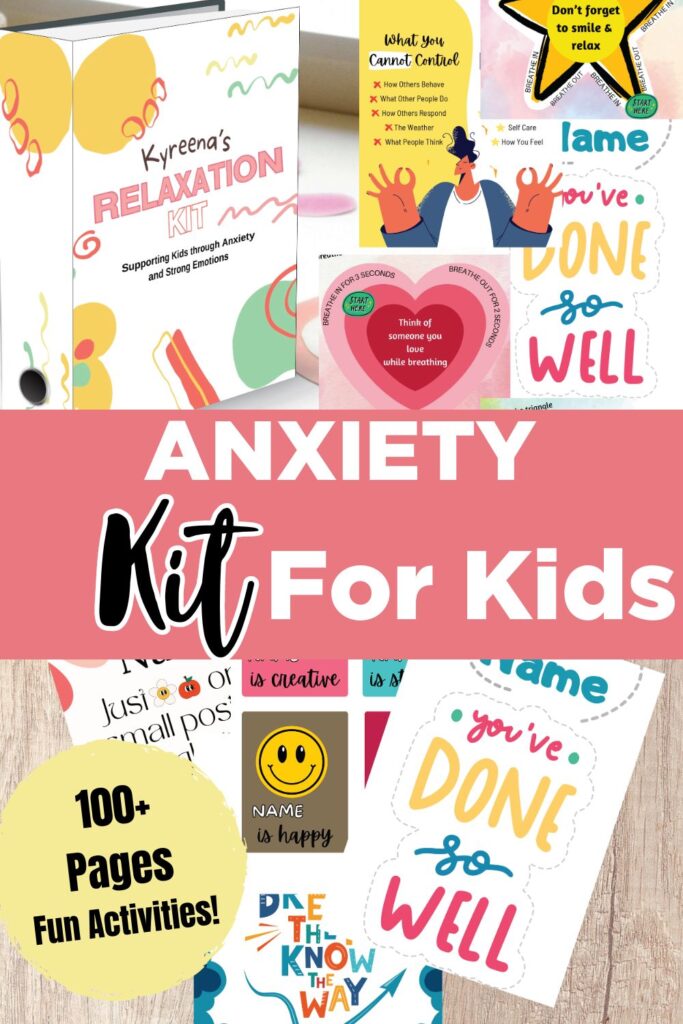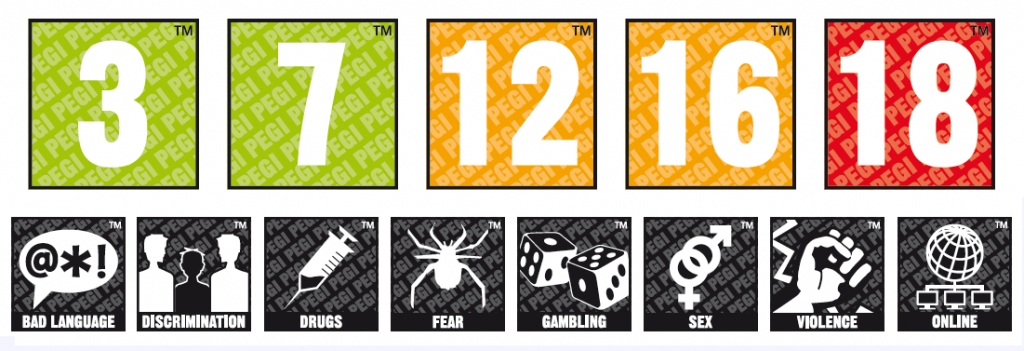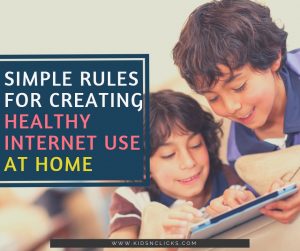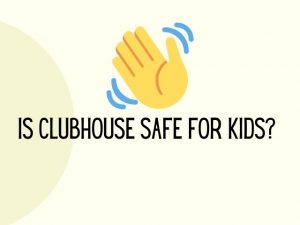PEGI is a content rating system that ensures all video games are labeled with a minimum age recommendation.
The age recommendations are based on the type of content featured in the game.
With each game, PEGI rating system provides a content description that would indicate if there may be potential issues with the game.
For instance, the PEGI ratings will take into account if a game has bad language, violence, sex scenes, and drugs.
How does the PEGI rating work and how to use it?
PEGI ratings are split into age restriction and content description.
Additional content descriptions help parents and children to understand the type of content featured within a game.
This would include sex, fear, gambling, drugs, guns, and violence, and more.
Using the two different ratings will provide parents with a good understanding of the nature of the game.
Parents then can use this to make an informed decision if the game is age-appropriate for their child.
PEGI Age Rating:
PEGI Rating 3
Games that fall under this category are considered suitable for all age groups.
There could be some violence but in a comical setting rather than a real-life setting.
There could also be some form of nudity but in a natural way. For example, a breastfeeding mother.
PEGI Rating 7
This means that the game can be a little scary for younger children. For example, scary sounds or scenes.
There could also be some violence but the majority are unrealistic violence, like flying cars crashing and more.
Check the Growth Mindset Kit designed to raise confident kids growing up with tech

PEGI 12
Under this rating, there is more graphic and realistic violence in the game. The violence may not be real but can still be scary for some children.
There could also be foul languages and references to gambling in the game.
PEGI 16
This means that the game is suitable for adults.
It has violence, smoking, drinking alcohol and the use of drugs and glamourized crimes.
A PEGI 16 could also contain nudity and sexual activity present in the game.
PEGI 18
The game is very graphic in showing violence like torture, injuries, sexual violence, and threat.
It may glamorize drugs and show sexual activities.
Limitation of PEGI Rating:
It is possible for young people to buy games online without needing to show proof of age. This can open children up to a world of content that is not age-appropriate.
While PEGI ratings are good guidance to help parents make an informed decision, it is still important for you to keep monitoring your child’s gaming activities.
Have an honest relationship with your child so they talk to you in case they come across a content that upsets them.
Regularly speak to your child about the digital world and how to exploit the benefits of it while being aware of the dangers.
PEGI Rating UPDATE (In-app purchases):
PEGI rating system will now include a warning icon if a game offer in-game purchases. This will inform parents that the game contains in-app purchases.
The icon is a hand holding a credit card

This icon will appear alongside other symbols like age limit, whether a game includes content like sex, drugs, and violence.

Many video game makers make their profit through in-game purchases.
For instance, Fortnite which is highly popular among children is free to play but their main revenue stream comes from in-game purchases.
A warning sign like this will be a good indication for parents whether their children should be allowed to play a particular game or not.
This information will be made available at the time of purchase so parents can decide how they would monitor/limit their child’s spending.
Some facts – survey conducted by IPSOS showed that :
- 40% of parents whose children were playing video games were allowed in-game purchases as long as it is within the limit given to them.
- 2 in 5 parents are aware their child pays real-world money for in-game item
- 8 in 10 parents have an agreement in place with their children about their spending – ranging from asking permission before each purchase, setting a spending limit
- 2% of parents did not monitor their child’s spending
Dont forget, join below
Problems with in-game items :
- Sometimes children can go overboard with their spending. Last year an 11-year old spent £6000 unknowingly on in-game items.
- Parents are having to negotiate chores with children in exchange for in-game purchases. This is not necessarily bad as it can motivate a child to do some housework or other activities.
- In 2013, Apple was sued over the ease with which children can make app purchases without their parent’s knowledge.
- The ‘Lootbox’ mechanism which is a type of in-game purchase is criticized to promote gambling in children. A loot box is like a scratch-off card that when you open you get a little prize in it. For instance, by spending $20 the first time you get a $40 voucher, and then you think I will spend another $5 hoping to get another prize. This continues and children can easily fall into this trap of spending
Before this parents would spend $40 on a video game and that would be the end of it.
Nowadays it seems like video games are available for free to download and once a player is hooked they spend even more cash on buying in-game items.
If you are aware your child is playing a game that allows them to make in-game purchases then set a budget and monitor their spending.
Allow them to make a purchase only after a certain activity is completed.
For instance, achieving a certain grade, completing homework/housework, playing outside for x number of hours, etc.
Set rules that would work for your child as every family has different screen time rules.
before you go don’t forget to check this out
The Personalised Growth-Mindset Kit
made to help kids discover challenges with confidence.
packed with amazing worksheets, including ways to manage anxiety and helping children develop positive habits.
Was this helpful?
Good job! Please give your positive feedback
How could we improve this post? Please Help us.





